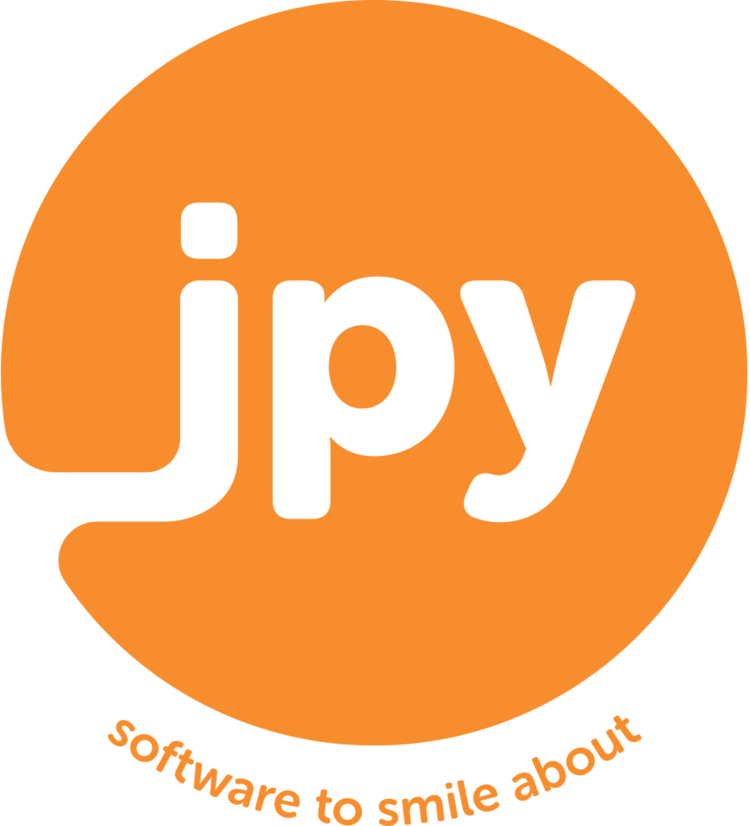The recent news that Tolis Group, the makers of the Bru and ArGest backup and archive products have ceased trading, is unfortunate for both the vendor and their customers alike. In this article we explore issues this creates for customers and a path to switching to Archiware P5 and continuing to use existing tape hardware for backup and archive into the future.
Being in the business of selling data-management products, we're often asked how long it takes to transmit x-Gigabytes of data to a remote sites and other similar 'how long is a piece of string' questions. The answer can always be obtained providing you're armed with some knowledge of units of data, and can translate between bits and bytes.
What's new in Archiware P5 version 5.6
P5 Archive: LTFS data exchange
P5 Backup & P5 Archive: Enhanced cloud support Microsoft Azure, Hitachi S3 & Wasabi S3 support
P5 Archive: Fast seeding of cloud-based archive with support for Backblaze Fireball, Amazon Snowball & others
And more…
Covered in this video
Labelling and general LTFS admin
Writing to LTFS tape
Reading from LTFS tape
Special character support
Restoring from P5 Archive to LTFS
P5 version 5.6 includes a new feature which enables large data-sets to be archived to cloud storage by first obtaining a disk from the cloud provider for archiving locally across your LAN, and then having this disk shipped back to the cloud storage provider. This is a service which, so far, both Amazon AWS S3 (called Snowball) and Backblaze (called Fireball) offer.
If you need to report any kind of problem with Archiware to JPY Support, we'll always request that you download and attach 'support data' to the email.
With the release of P5 version 5.5, Archiware P5 supports cloud storage via both the Backup and Archive modules. There are various options and providers for cloud storage, so this article aims to explain how this works and how to set it up.
Archiware P5 Archive can create previews/proxies of your archived media. This provides great 'mini-MAM' functionality since it allows a visual view of a folder of files that has been archived and is no longer on-line. Being able to see what an image/video file looks like before restoring can help avoid restoring the wrong file(s). In this article, we'll learn how to install two tools required for generating these previews.
As with all comparable data-management products, there are restrictions upon how NAS storage can be used to backup/recover data as follows.
Backup to disk is a method commonly used by small businesses to protect their data. However, there is not one form of best practice that suits all instances. The use of disk rather than tape is generally a factor of choice and can be determined by many issues including, cost, speed of backup / restore, the amount of data , etc.
Mac OS X clients can connect to network file servers using both the Apple Filing Protocol (AFP) and the Microsoft Server Message Block (SMB) protocol. (SMB is also known as Common Internet File System or CIFS). Mac OS X clients can also use other protocols such as NFS and FTP.
Finding a replacement Xserve or an alternative apple file server is a cause for concern for a growing numbers of businesses with a commitment to the Mac.
To find out how long it will take to transfer a file on your computer from one place to another, you need to know two things: the size of your file, and the size of the 'pipe' through which the file needs to travel.
The demise of the Apple Xserve has caused concern to the growing number of businesses with a commitment to Mac OS X. However for many years, users in the Publishing industry have been successfully using Unix-based servers for communities of Macs and PCs. There are a number of strategies that Mac OS desktop users that wish to share files and services can adopt. This paper looks at some alternatives.
This paper describes JPY's experience in deploying an Open Source VoIP phone system to replace a legacy analogue phone system. It gives a (not too technical) background to telephony and summarises the steps involved in migrating from one system to another.

This guide describes how to take an existing Archiware P5 installation and move it to a new server. We're specifically dealing with macOS here, the same instructions do not apply to other platforms.